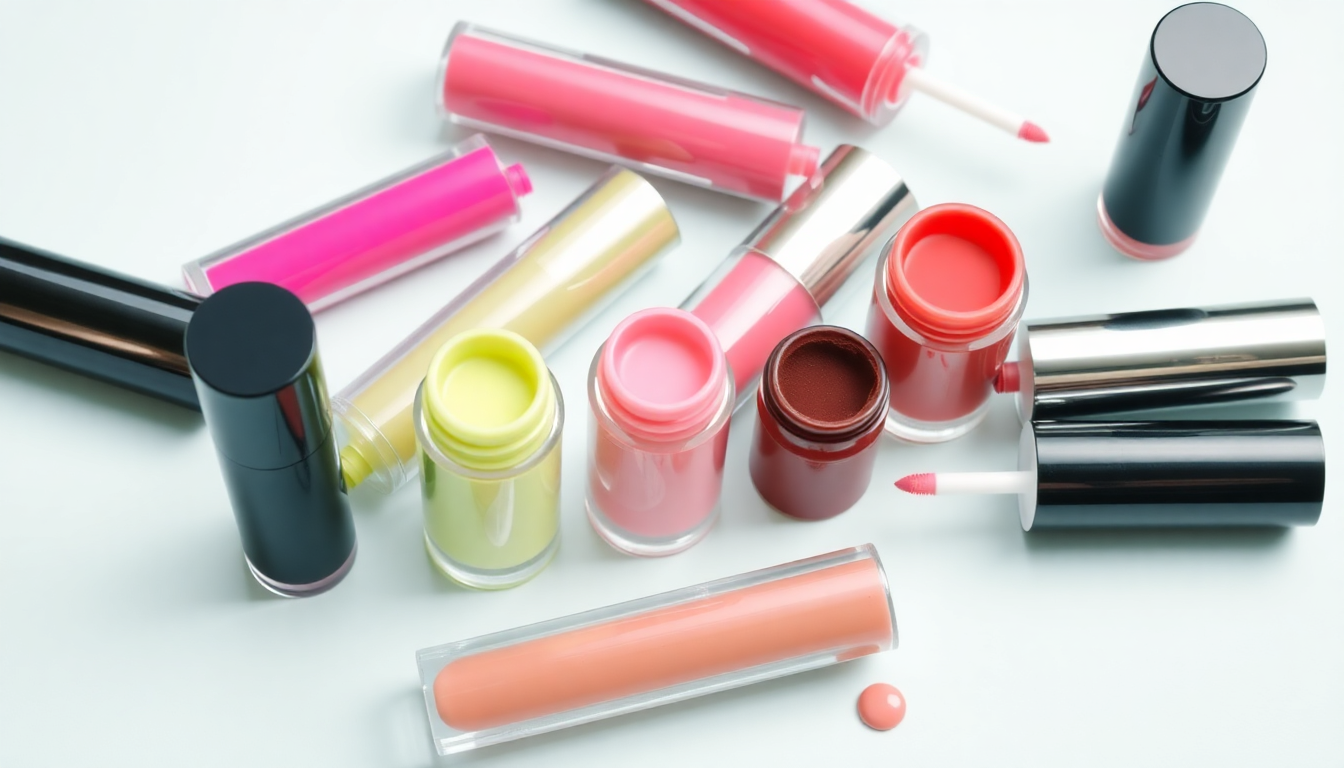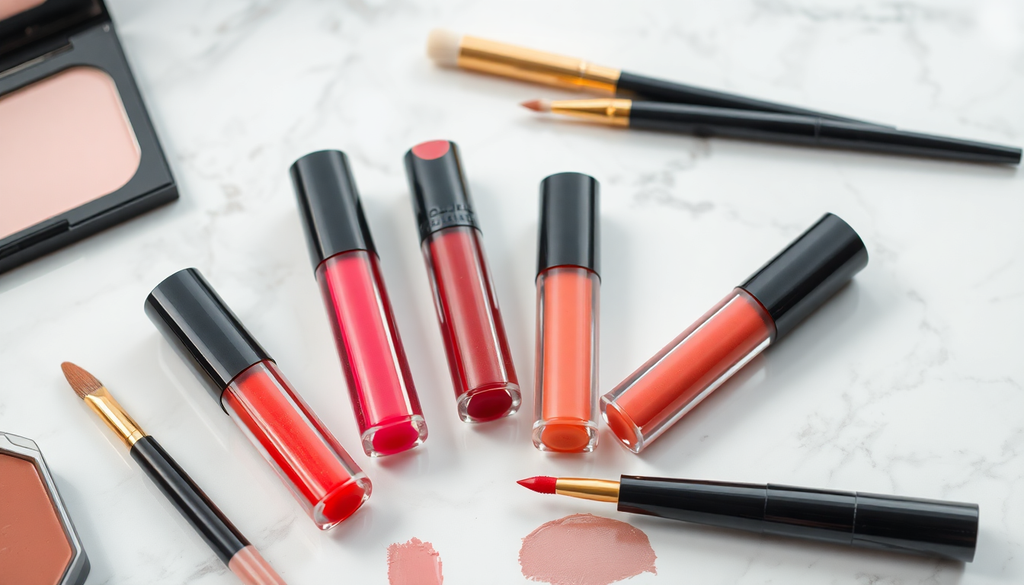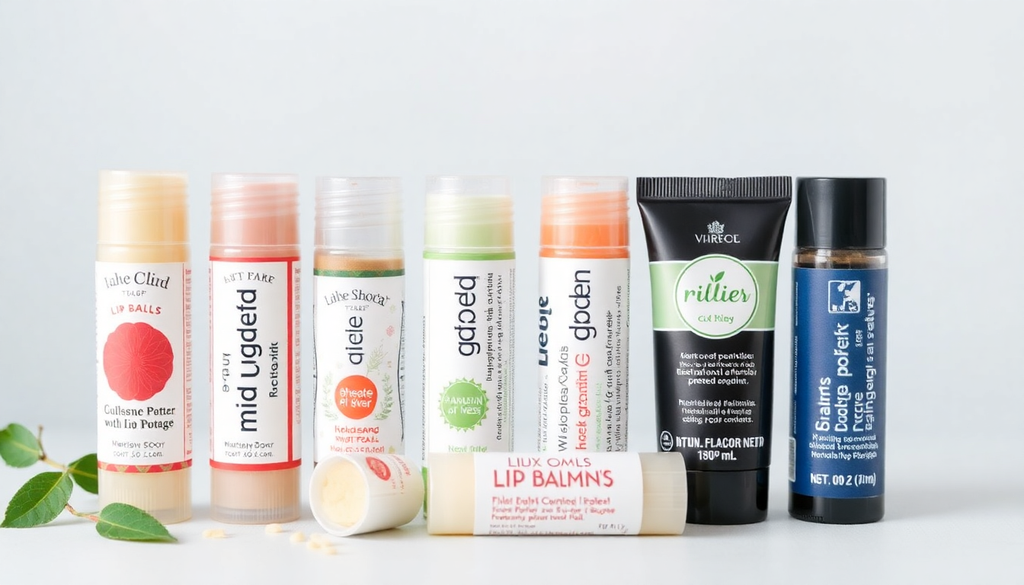
Kickstart Your Private Label Lip Gloss Brand: Essential Step-by-Step Strategies for Beginners in 2025
Ultimate Guide to Launching a Private Label Lip Gloss Brand Like a Pro in 2025
Why Lip Gloss Is Still a Top Seller in 2025 (+Trend Data)
The beauty industry is constantly evolving, but some products remain perennial favorites—lip gloss is one of them. In 2025, the market continues to thrive, driven by consumer demand for versatile, high-shine, natural-looking lips. Recent statistics from the NPD Group reveal that glossy finishes grew by 27% in Q1 2024, with consumers showing a preference for lightweight, non-sticky formulas that deliver a plump, moisturized look.
Furthermore, trending shades have evolved, with cool-toned nudes, soft mauves, and vibrant berry hues leading the pack. These shades appeal across seasons and demographics, making them perfect staples for your startup's initial product line. Leveraging these trends, alongside a well-executed private label strategy, can position your brand as an attractive choice for consumers searching for high-quality, affordable, and eco-conscious lip glosses.
Now is the opportune moment to harness these insights and build a leaping-off point for your private label cosmetics business. Let’s explore the comprehensive steps you need to take as a beginner to launch your own successful lip gloss brand in 2025.
Step 1: Crafting the Perfect Formula – What Every Beginner Must Know
Your lip gloss’s success largely hinges on its formulation. As a new founder, you're likely balancing cost, safety, and consumer appeal. Focus on creating a product that is non-sticky, comfortable to wear, and visually appealing. The formulation process involves selecting high-quality, vegan, cruelty-free ingredients that align with current market trends.
Key ingredients for a beginner-friendly lip gloss include:
- Lightweight emollients such as jojoba oil, shea butter, or coconut oil for hydration without heaviness.
- Natural or synthetic gloss agents that deliver shine, like castor oil or specialized film-formers.
- Natural thickeners such as xanthan gum or beeswax (if not vegan), to modify consistency and improve wear.
- Colorant options — consider mica powders or liquid pigments for vibrant shades that don’t compromise safety.
Cost-saving tip: Start with simplified formulas focusing on core ingredients. This makes manufacturing affordable, with costs often below $2 per unit at MOQ ranges of 1,000+ units. Such formulations are easier to scale and modify without compromising quality.
Actionable Checklist for Formula Development:
- Prioritize non-sticky, hydrating, and long-wear formulas tailored for comfort.
- Use vegan, cruelty-free ingredients to meet consumer demand—and distinguish your brand.
- Test stability, shelf life, and safety in various climates and conditions—you must never skip stability testing!
Step 2: Selecting Packaging That Converts — From Budget to Premium Options
Packaging not only protects your product but also influences purchasing decisions. For startups, affordability is key. Standard clear plastic tubes with a soft-touch cap typically cost under $0.80 per piece when purchased in bulk (MOQ 1,000+ units). They allow for easy customization through labels and branding.
If your budget allows, elevate your packaging with eco-friendly options. Sugarcane-based tubes, biodegradable acrylic cases, or refillable components signal environmental responsibility, resonating with modern consumers. These premium options tend to be slightly more expensive but enhance your brand’s perceived value and sustainability credentials.
Consider these factors:
- Cap quality and closure integrity—ensure no leakage or air ingress.
- Design consistency—select colors and textures that match your brand identity.
- Labeling and branding—adhesive labels or embossed packaging to stand out.
Remember: Always request samples before placing large orders to verify quality, sealing, and compatibility. A minor defect can damage your reputation early on.
Actionable Checklist for Packaging:
- Prioritize cost-effective packaging that aligns with your brand’s aesthetic.
- Order samples to evaluate closure, durability, and visual appeal.
- Research sustainable packaging options as a differentiating factor.
Step 3: Building a Cohesive Color Strategy — From Pantone Shades to Market Demand
Color selection is vital; it communicates your brand identity and attracts your target demographic. In 2025, the most popular shades are inspired by current Pantone trends:
- Pantone 2032 C (Pink Ballet) — A soft, romantic pink appealing to a youthful audience.
- Pantone 7622 C (Galactic Plum) — A deep, rich berry tone for mature, adventurous consumers.
- Pantone 5575 C (Harbor Mist) — A muted, natural nude shade for everyday wear.
Select five core shades that are versatile, seasonal, and relevant. Consider creating a 'starter kit' with these shades, allowing customers to mix, match, and build their collection over time. This approach increases repeat purchases and brand loyalty.
Strategic color choices can also adapt to seasonal trends—think brighter shades for spring and summer, deeper hues for fall, with classic nudes and glosses for year-round sale.
Actionable Checklist for Color Strategy:
- Choose five foundational shades based on market trends and target customer preferences.
- Utilize Pantone color codes to ensure accurate communication with manufacturers.
- Develop seasonal color extensions to keep your line fresh and exciting.
Step 4: Mastering Cost Control — Insider Tips for Budget Efficiency
Managing costs ensures your private label lip gloss remains profitable. On average, manufacturing costs for lip gloss range between $1.20 and $2.50 per unit at MOQ 1,000—an achievable target for startups.
Here's how to keep costs down while maintaining quality:
- Order in larger quantities—volume discounts significantly reduce unit costs.
- Negotiate with multiple manufacturers to secure the best price.
- Bundle formulation development and packaging services to lower overall expenses.
- Be aware of hidden costs such as certifications, labeling, and shipping—these can add up quickly if overlooked.
Additionally, consider the total cost of ownership, including testing, certifications, and marketing, to ensure your pricing strategy allows for healthy margins.
Actionable Checklist for Cost Control:
- Establish a clear target price point for retail that balances quality and affordability.
- Request detailed quotes from multiple manufacturers—including unit costs, setup fees, and shipping.
- Factor in all extra costs—certifications, labeling, packaging, and logistics—to your budget planning.
Manufacturer's Corner: Making Lip Gloss Development Painless and Profitable
Partnering with an experienced manufacturer is critical for a smooth launch. At our facility, we streamline the private label lip gloss process by offering pre-formulated, vegan, cruelty-free bases with rapid customization options. Our team provides guidance on formulation, packaging, and compliance, which significantly reduces your lead times and costs.
To ensure you’re selecting the right partner, ask your manufacturer these five critical questions:
- What are your minimum order quantities (MOQ) and lead times?
- Can you provide certifications and safety data sheets?
- Are your ingredients vegan and cruelty-free?
- Do you offer sustainable packaging options?
- What customization options are available for shades and packaging?
We recommend choosing a manufacturer that prioritizes transparency, compliance, and quality control, so your launch is both smooth and successful. A trusted partner will ease all concerns about formulation, safety, and delivery timelines.
Ready to formulate? Request our Lip Gloss Starter Kit today to begin creating market-ready formulations that stand out in 2025’s saturated beauty landscape.


